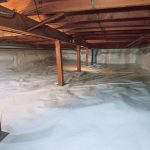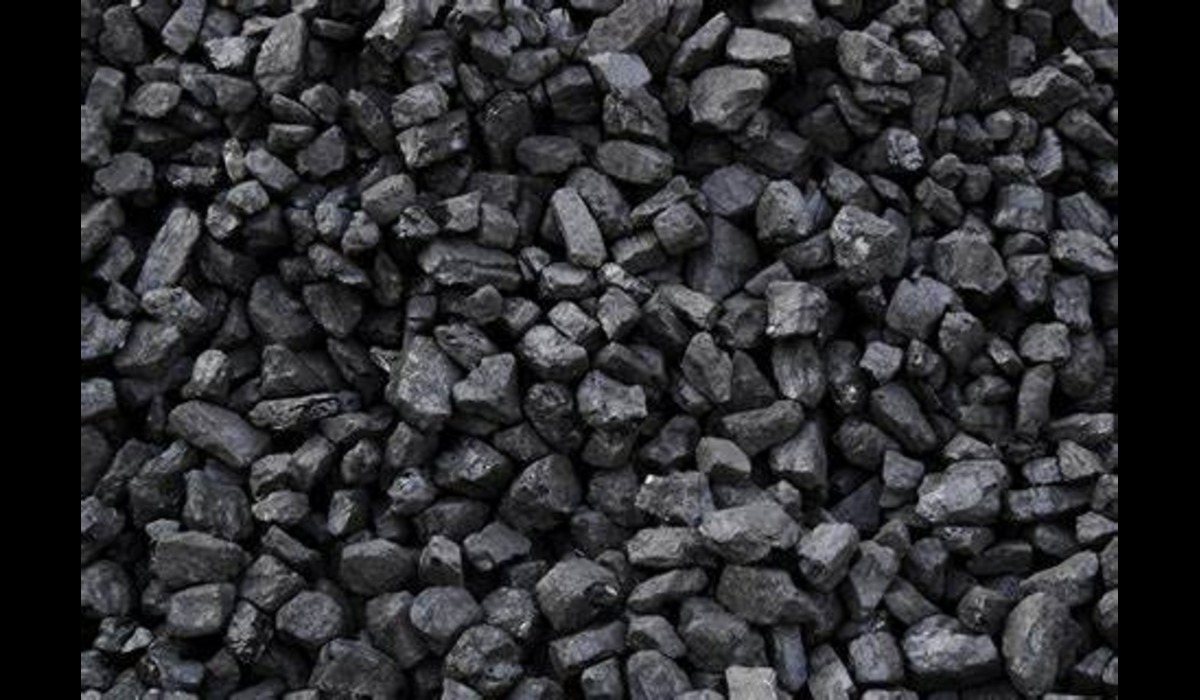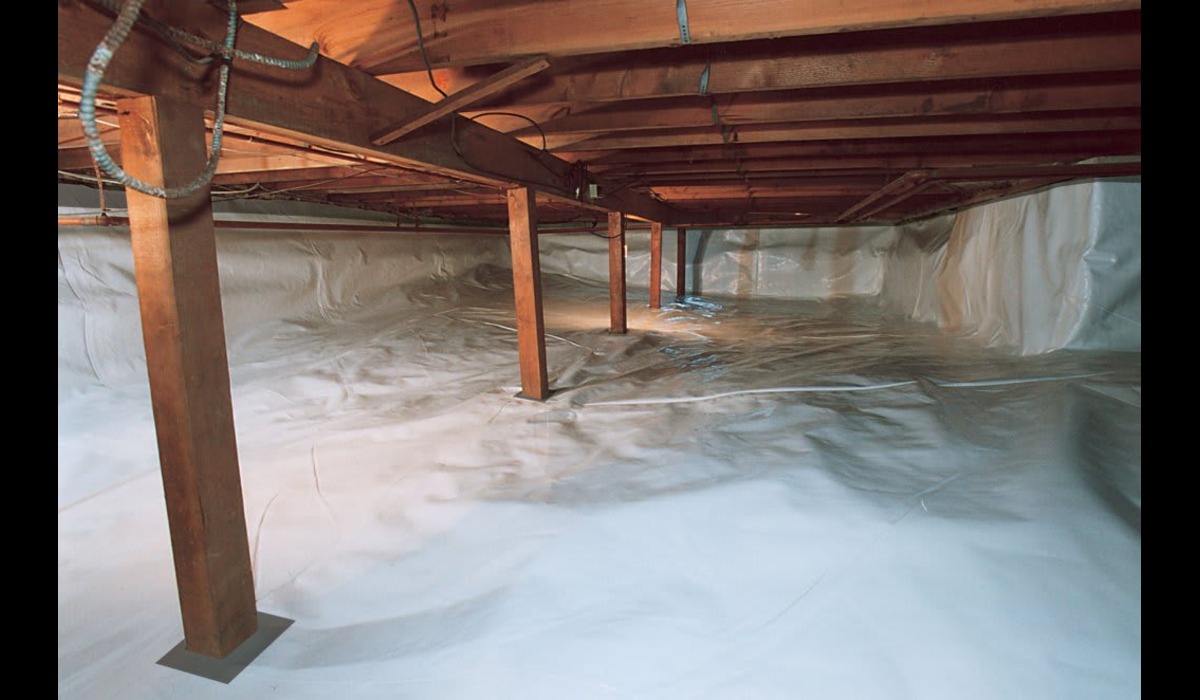Introduction:
In the quest for sustainability and efficiency, a breakthrough material called Carbonnen is proving to be a game-changer. Combining the best properties of carbon fiber and nylon, this innovative substance is redefining industries and paving the way for a greener, more efficient future. This comprehensive guide looks at the nature of Carbonnen, its manufacturing processes, diverse applications, real-world examples, and its promising future.
What is Carbonene?
Carbonene is a cutting-edge material that combines the superior properties of carbon fiber with the flexibility of nylon. This hybrid substance is not just another addition to the list of modern materials, but a revolutionary breakthrough that offers unprecedented benefits across a variety of sectors.
Definition and Properties of Carbonene
Carbonene is characterized by its remarkable combination of strength and flexibility. Here’s a closer look at its key features:
- Strength and Durability: Carbonene is incredibly strong and tough, comparable to traditional materials like steel, but is significantly lighter. This strength makes it ideal for applications that require robust materials that can withstand significant stresses.
- Lightweight: One of Carbonene’s standout features is its lightness. This property is particularly valuable in industries like automotive and aerospace, where weight reduction can lead to improved fuel efficiency and performance.
- Flexibility: Unlike stiffer materials, Carbonene offers exceptional flexibility. This allows it to be precisely moulded into complex shapes and structures, making it suitable for innovative design solutions.
- Heat resistance: Carbonnen can withstand extreme temperatures without compromising its structural integrity, which is essential for high-temperature applications.
Comparison with conventional materials.
- Compared to traditional materials such as steel, plastic or even other composite materials, Carbonnen has several advantages:
- Manufacturing process: Carbonnen is manufactured using sustainable methods that significantly reduce waste and energy consumption. Traditional materials often require more resource-intensive manufacturing processes.
- Environmental impact: Sustainable Carbonnen production techniques contribute to a lower carbon footprint. Recyclability further enhances its environmental friendliness.
- Performance characteristics: Carbonnen outperforms many conventional materials in terms of strength-to-weight ratio and durability. It also allows for greater design flexibility and overcomes the limitations imposed by materials such as steel or plastic.
The Carbonnen production process.
The production of Carbonnen involves several innovative and environmentally friendly methods that set it apart from traditional manufacturing processes.
Sustainable Production Methods
When producing Carbonn, the focus is on sustainability and efficiency. Below is a breakdown of the production process:
Environmentally friendly strategies: Carbonn production involves environmentally friendly strategies, from the procurement of raw materials to the final product. This includes using sustainable raw materials and reducing environmental impact through cleaner production techniques.
Energy efficiency: Carbonn’s production process is designed to be energy efficient and uses less energy compared to traditional material production. This reduces the overall carbon footprint associated with production.
Waste reduction: The process minimises waste generation, a crucial factor that makes Carbonnen a more sustainable choice. By optimising production techniques and using advanced technologies, the production of the material is efficient and environmentally friendly.
Environmental impact
The environmental benefits of Carbonnen go beyond production:
Reduced dependence on fossil fuels: By minimising the dependence on fossil fuels in production, Carbonnen contributes to reducing greenhouse gas emissions.
Resource conservation: The recyclability of the material ensures that resources are conserved and reused, which corresponds to the principles of a circular economy.
Sustainable practices: The overall reduction in the environmental impact of Carbonnen’s production processes supports global efforts towards sustainability and reducing the environmental footprint.
Cross-Industry Applications
The versatility of carbonne allows it to be used in a wide range of industries, all of which benefit from its unique properties.
Construction
In construction, great advances are being made with carbonne:
Improved strength and durability: Carbonne composites improve the strength and durability of structures such as skyscrapers and bridges. This results in more resilient buildings that can withstand environmental stress while using less material.
Reduced material usage: By using carbonne, construction projects can achieve the same or even better structural integrity with less material usage, resulting in a smaller environmental footprint.
Innovative design opportunities: The flexibility and precision of carbonne enables the creation of complex and innovative designs that would be difficult to achieve with conventional materials.
Automotive
The automotive industry is experiencing profound changes with the introduction of carbonne:
Lightweight components: The lightness of carbonne helps in the production of car parts that are both strong and lightweight. This leads to better fuel efficiency and lower emissions.
Improved performance: The high strength-to-weight ratio improves vehicle performance, making cars more maneuverable and efficient.
Sustainability: The use of carbons contributes to more sustainable automotive manufacturing processes by reducing reliance on heavier, less environmentally friendly materials.
Aerospace
In aerospace, the properties of carbons are particularly beneficial:
Lighter aircraft: The strength-to-weight ratio of the material allows for the manufacture of lighter aircraft, which in turn reduces fuel consumption and operating costs.
Increased efficiency: The use of carbons in aerospace components improves overall efficiency, resulting in lower emissions and a reduced environmental impact from air travel.
Durability under extreme conditions: The ability of carbons to withstand extreme temperatures and stresses makes it suitable for aerospace applications where performance in harsh conditions is critical.
Consumer Goods
The consumer goods sector also benefits from the unique properties of carbonne:
Durable electronics: Carbonne is used in the manufacture of smartphones, laptops and other electronic devices, providing durability and a sleek appearance.
Longer product life: The durability of the material ensures that products last longer, reducing the need for frequent replacements and thus minimizing e-waste.
Green design: The use of carbonne is in line with the growing trend of eco-friendly consumer electronics, offering both aesthetic appeal and environmental benefits.
Real-world examples
To illustrate the impact of carbonne, consider these real-world examples from various industries:
Automotive: Several leading automakers are incorporating carbonne into their vehicle designs to build lighter, more fuel-efficient cars. This innovation contributes to lower fuel consumption and lower emissions.
Construction: Modern skyscrapers and bridges use carbonne composites to improve structural strength while reducing material usage. This approach results in longer-lasting infrastructure with a lower environmental impact.
Aviation: Aircraft manufacturers use carbon fibers for components to reduce weight and improve fuel efficiency. This results in operating cost savings and a smaller environmental footprint for air travel.
Consumer electronics: Smartphones and laptops with carbon fiber casings are not only more durable, but their longer life expectancy also helps reduce electronic waste.
The future of Carbonnen
Looking ahead, Carbonnen will play a central role in promoting sustainable practices and innovation across several sectors.
Forecasts and new trends
As technology advances, Carbonnen is expected to be at the forefront of several new trends:
Advanced manufacturing: Innovations in manufacturing techniques will make carbonnen even more cost-effective and efficient. This is likely to expand its reach and increase its accessibility.
Circular economy: The focus on recycling and reuse will further enhance Carbonnen’s sustainability credentials. Efforts to integrate carbonnen into circular economy models will boost its adoption and impact.
Innovative materials: Integrating carbon-smart technologies could lead to new applications in areas such as healthcare and renewable energy. This could open up exciting possibilities for future advancements and applications of the material.
The role of carbonnen in a sustainable future
Carbonnen represents an important step towards sustainable development. Its combination of performance and environmentally friendly properties make it a valuable material in ongoing efforts to create a more sustainable world. By utilizing carbon, industries can help reduce environmental impact while benefiting from its superior properties.
Conclusion
Carbonnen is more than just an innovative material, it represents a transformative shift toward sustainable development and efficiency. Its unique properties and versatile uses make it a cornerstone of modern advancements across a variety of industries. Looking ahead, Carbonnen’s role in promoting sustainable practices and technological innovation will only grow stronger.
Are you ready to be part of the sustainable revolution? Discover the potential of carbon and join the movement toward a greener, more efficient future. Share your thoughts and insights as we drive the future of innovation together.










